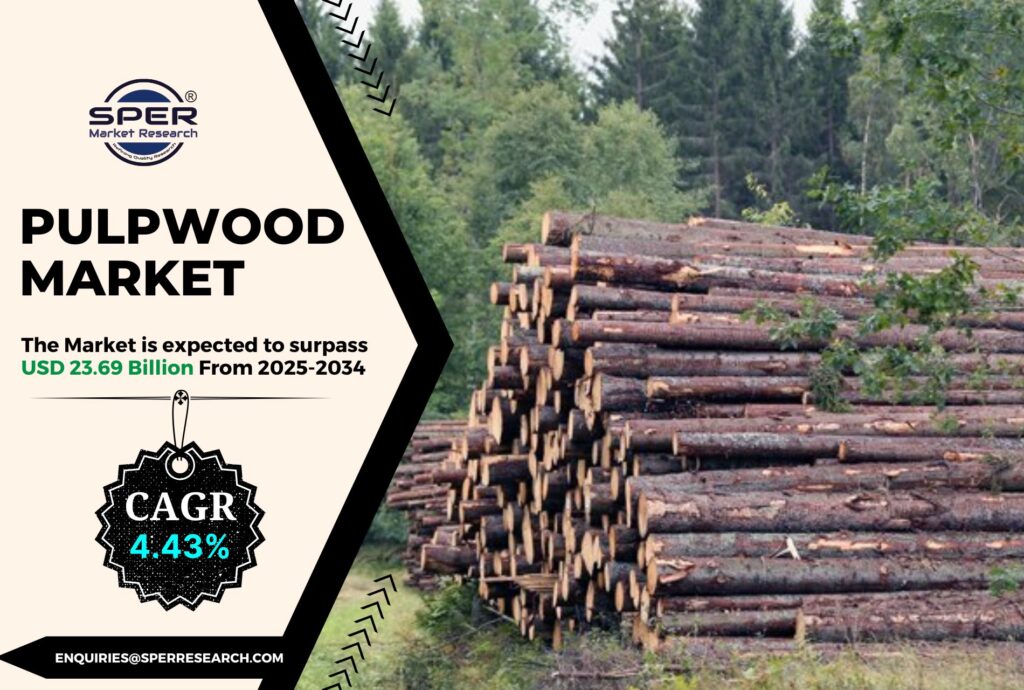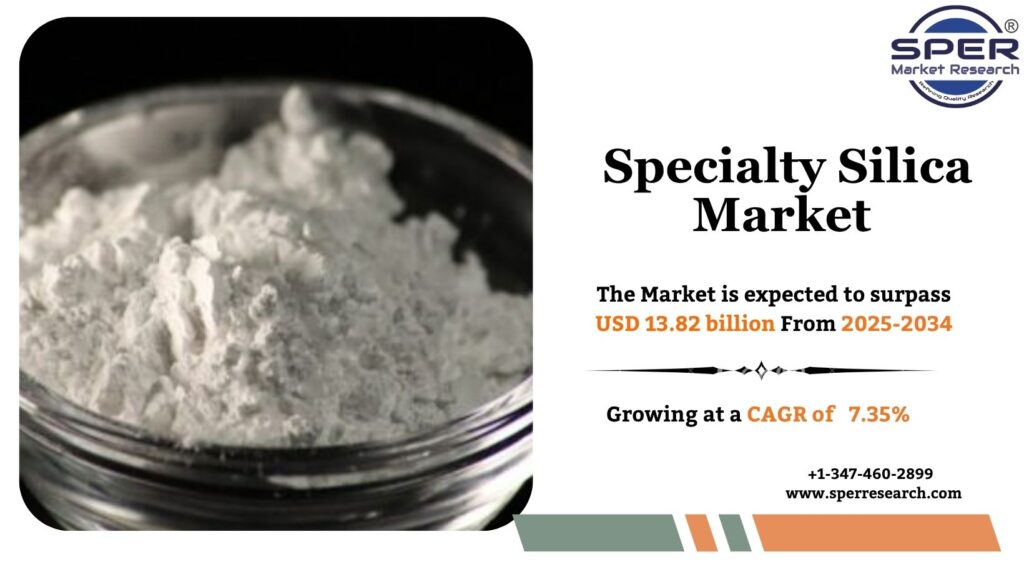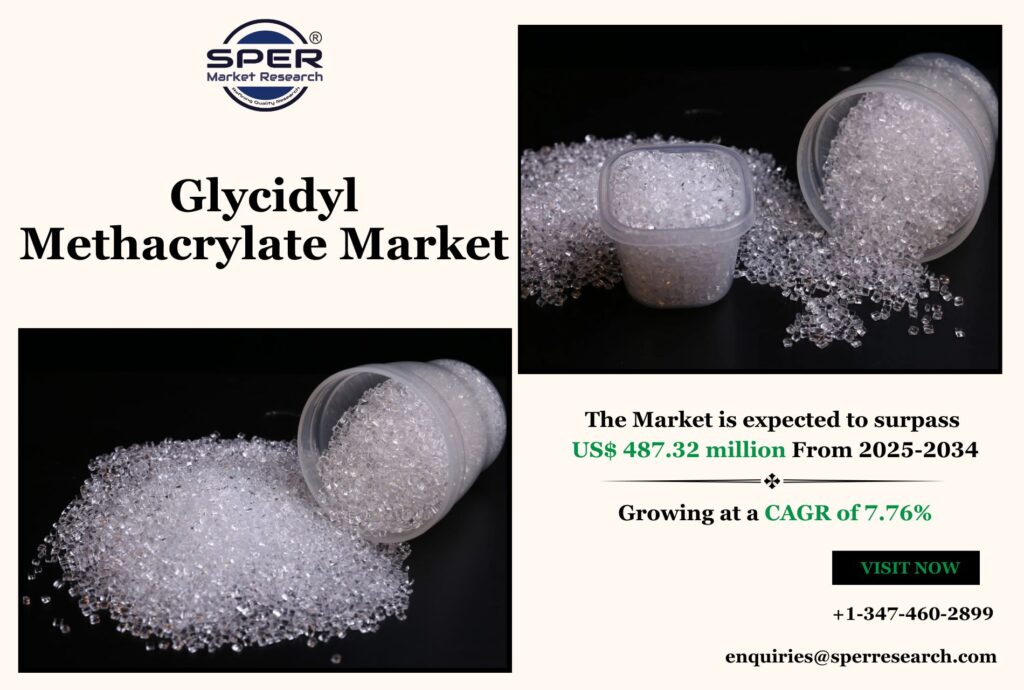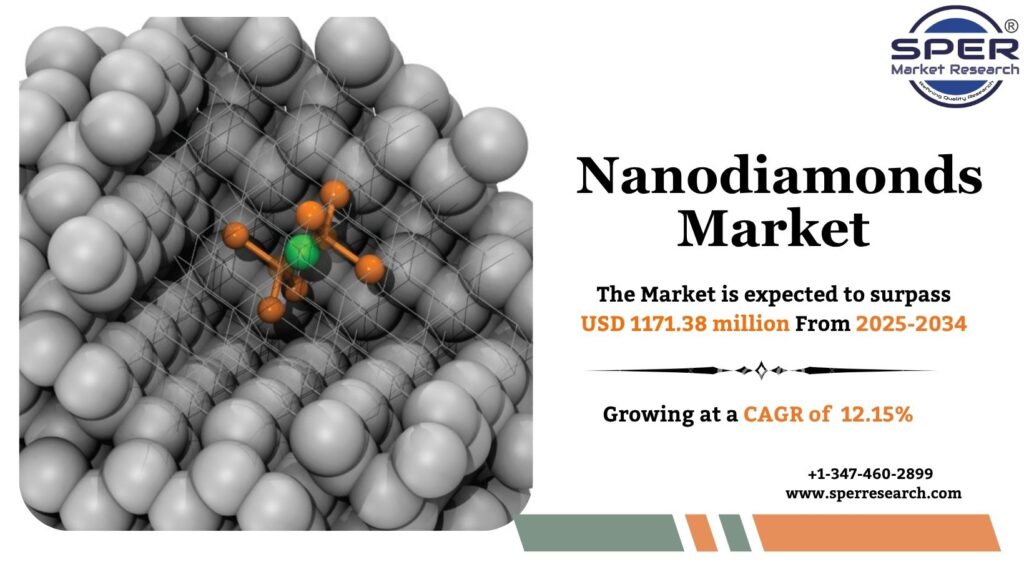Pulpwood refers to timber specifically cultivated or harvested for the primary purpose of producing pulp, which is then transformed into paper, fiber, and a wide range of related products. Acting as a crucial raw material, it supports applications across packaging, textiles, renewable bio-based products, and other emerging sectors. Both hardwood and softwood varieties contribute, with each valued for unique fiber properties, versatility, and efficiency in production. Increasingly, pulpwood plays a role in sustainable resource management, as it supports afforestation, recycling initiatives, and eco-friendly practices. Beyond its conventional applications, it is becoming central to advancing innovations that emphasize renewable, circular, and environmentally responsible solutions.
According to SPER market research, ‘Global Pulpwood Market Size- By Type, By Source, By Application – Regional Outlook, Competitive Strategies and Segment Forecast to 2034’ state that the Global Pulpwood Market is predicted to reach 23.69 billion by 2034 with a CAGR of 4.43%.
Drivers:
The demand for pulpwood is accelerating due to a combination of interconnected factors underscoring its rising importance across various applications. A major driver is the growing need for paper and packaging, fueled largely by the rapid growth of e-commerce. The increasing global focus on sustainability and adoption of bio-based alternatives has further elevated the significance of responsibly managed pulpwood resources. Improved forestry practices and plantation advancements are enabling more efficient supply flows. Additionally, the steady growth of textile and fiber applications, together with supportive government initiatives and afforestation programs, continues to strengthen pulpwood’s position as a key raw material.
Download the Detailed Analysis in PDF format, Here
Restraints:
The pulpwood sector faces a range of challenges that directly influence its long-term sustainability and development. A key concern is deforestation, which heightens environmental risks by reducing biodiversity, exhausting natural forest reserves, and accelerating climate change. Alongside this, fluctuations in raw material prices and recurring supply chain interruptions generate instability, impacting cost structures and access to resources. Moreover, increasing regulatory pressures demand adherence to stringent sustainability standards aimed at reducing emissions and promoting responsible forestry. Meeting these requirements often necessitates heavy investment in modern technologies, certification systems, and transparent sourcing mechanisms, thereby adding to operational and compliance complexities.
The Asia-Pacific region dominates the worldwide pulpwood industry, owing to its unprecedented demand. The region’s dominance in consumption and production stems partly from its vast population, fast urbanisation, and industrial expansion, particularly in China and India. Some of the key market players are International Paper, WestRock Company, Stora Enso, UPM-Kymmene Corporation, Oji Holdings Corporation, Nippon Paper Industries, Mondi Group, Sappi Limited, Nine Dragons Paper Holdings, Smurfit Kappa Group and others.
For More Information, refer to below link: –
Related Reports:
Nano Metal Oxide Market Growth
Wooden Interior Door Market Growth
Follow Us –
LinkedIn | Instagram | Facebook | Twitter
Contact Us:
Sara Lopes, Business Consultant — USA
SPER Market Research
enquiries@sperresearch.com
+1–347–460–2899









